You are currently viewing SemiWiki as a guest which gives you limited access to the site. To view blog comments and experience other SemiWiki features you must be a registered member. Registration is fast, simple, and absolutely free so please,
join our community today!
WP_Term Object
(
[term_id] => 157
[name] => EDA
[slug] => eda
[term_group] => 0
[term_taxonomy_id] => 157
[taxonomy] => category
[description] => Electronic Design Automation
[parent] => 0
[count] => 4355
[filter] => raw
[cat_ID] => 157
[category_count] => 4355
[category_description] => Electronic Design Automation
[cat_name] => EDA
[category_nicename] => eda
[category_parent] => 0
[is_post] =>
)
EDA is big on growth through acquisition, being acquired many times throughout my career I know this by experience. In fact, we have a wiki that tracks EDA Mergers and Acquisitions and it is the most viewed wiki on SemiWiki.com with 101,918 views thus far.
In March of 2017 ANSYS acquired CLK Design Automation which did timing variation… Read More
No area of electronics is moving faster than automotive semiconductors. Everyone has been talking about the increasing electronics content of automobiles for decades. With Advanced Driver Assistance System (ADAS) and autonomous driving becoming a reality the pace has picked up even more. These new designs combine just about… Read More
On SemiWiki we often talk about bleeding-edge technology like 7nm, 5nm or even 3nm, but for analog IC designs there’s a low-cost alternative to getting your ideas validated and prototyped without taking out a multi-million dollar loan, and that’s through the use of Multi-Project Wafers (MPW). Starting with a mature… Read More
Webinars are a quick way to come up to speed with emerging trends in our semiconductor world, so I just finished watching an interesting one from Moortec about the benefits of embedded in-chip monitoring for Data Center and AIchip design. My first exposure to a data center was back in the 1960s during an elementary school class where… Read More
At the recent DesignCon 2019 in Santa Clara, I attended a couple of sessions where Cadence and their research partners provided some insight on machine learning/AI and on large system design analysis; with the first one focused on real-world cloud & machine learning/AI deployment for hardware design and the second one focused… Read More
2019 will be a big year for PCIe. With the approval of version 0.9 of the Base Layer for PCIe 5.0, implementers have a solid foundation to begin working on designs. PCIe 4.0 was introduced in 2017, before that the previous PCIe 3.0 was introduced in 2010 – ages ago in this industry. In fact, 5.0 is so close on the heels of 4.0, many products… Read More
Mentor put on a very interesting tutorial at DVCon this year. Commonly DVCon tutorials center around a single tool; less commonly (in my recent experience) they will detail a solution flow but still within the confines of chip or chip + software design. It is rare indeed to see presentations on a full system design including realistic… Read More
To replace a human driver, autonomous car will have to “see” and do it in a better way than human being. The available solution, based on camera, radar, lidar, is not perfect and need to be improved. Radar is great for “seeing” in bad weather but has insufficient resolution to distinguish distant objects. Lidar produces high-resolution… Read More
IP vendors have always had the inside track on the status of new process nodes and what customers are planning for their next designs. This is even more apparent now that systems companies are successfully doing their own chips by leveraging the massive amounts of commercial IP available today. Proving once again that IP really … Read More
In January I read from the ESDA Allianceabout EDA and Semiconductor IP revenues increasing 6.7% for Q3 2018, reaching $2,435.6 million, which is decent growth for our maturing industry. In stark contrast there’s a company called Methodicsthat specializes in Intellectual Property Lifecycle Management (IPLM) and traceability… Read More



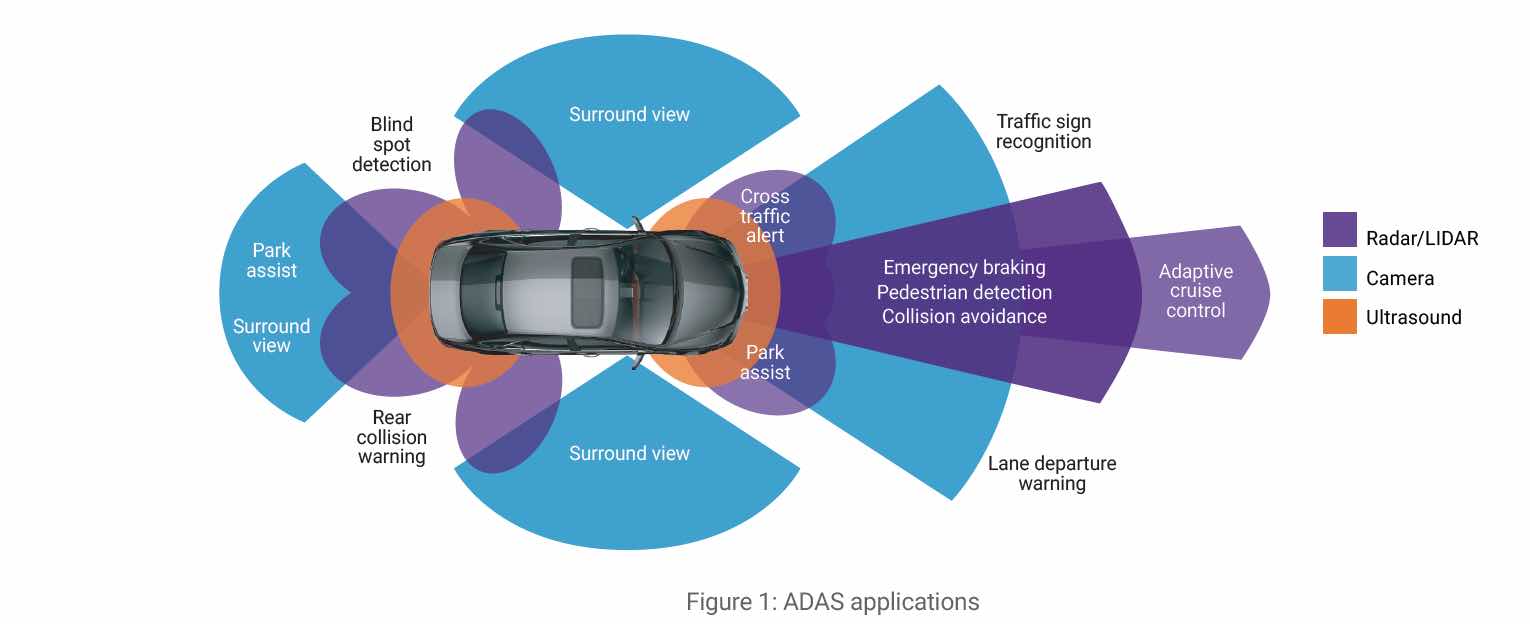
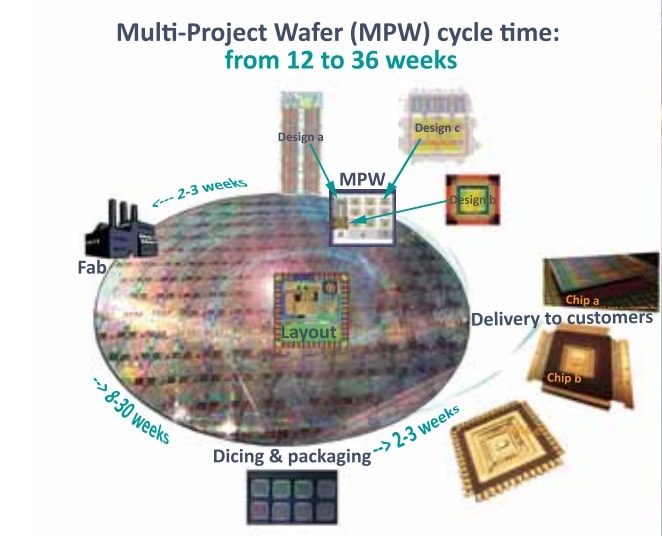

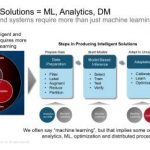
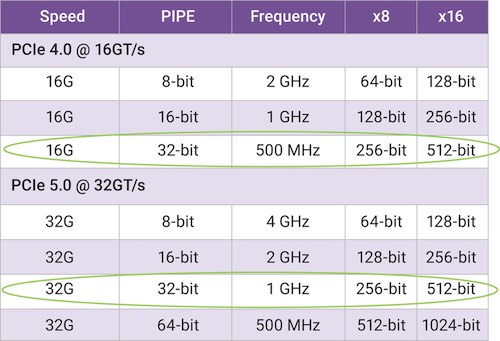
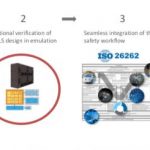
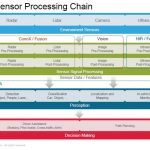


The Quantum Threat: Why Industrial Control Systems Must Be Ready and How PQShield Is Leading the Defense